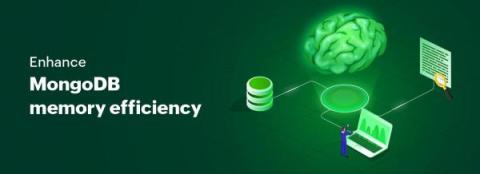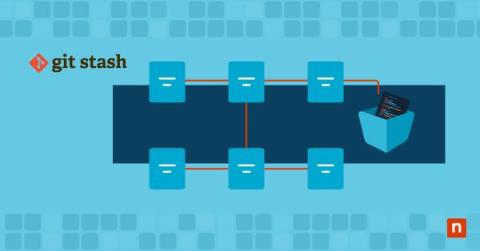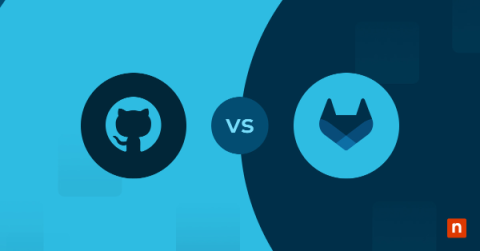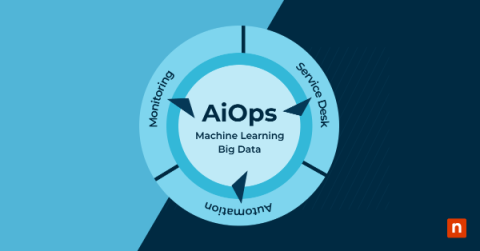The Role of Observability in Telecoms
The rapid growth of 5G technology and expanse of the Telecoms industry has created the need for these organizations to implement effective data-driven decisions, to enable the future profitability of their companies. This raises the challenge of analyzing data from various sources across complex networks to derive insights and ultimately decision making.











